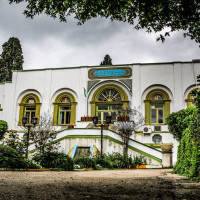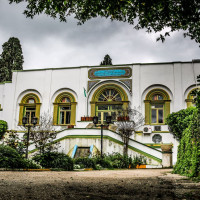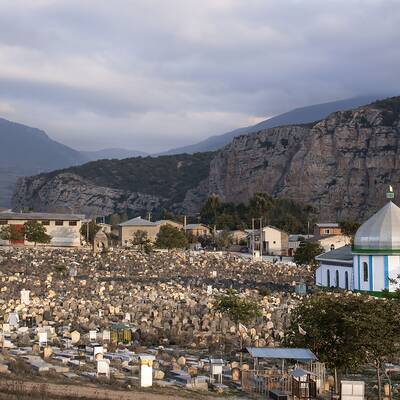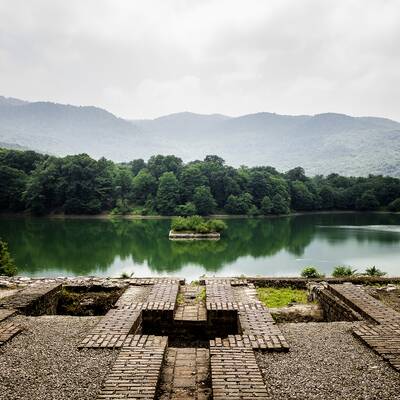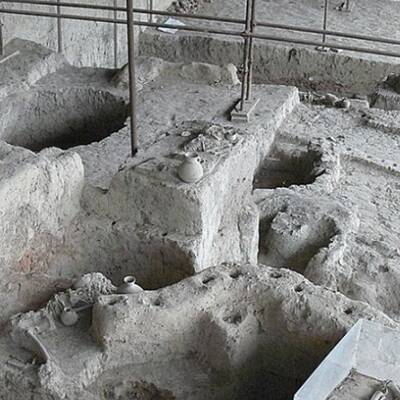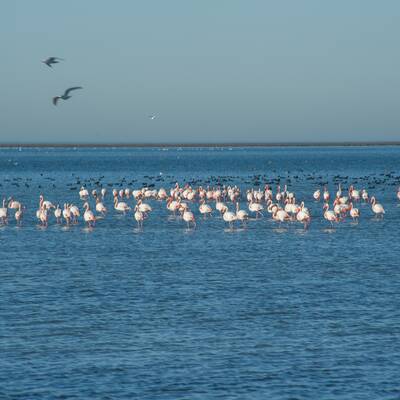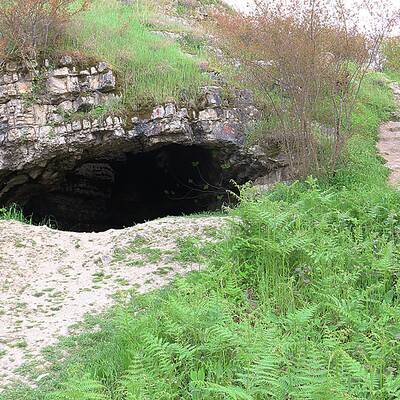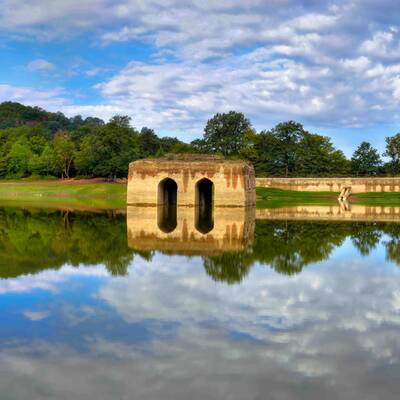The name Behshahr recalls the Safavid era. Shāh Abbās the Great or Shāh Abbās I of Persia (was the 5th Safavid Shah of Iran, and is generally considered the strongest ruler of the Safavid dynasty) honored Behshahr as his motherland by making it a prosperous city with gardens and palaces. However, Behshahr has a longer history, dating back to the Iron Age with some caves like Hutu and Kamarband which date back to the prehistoric period.
In the center of Behshahr lies a five hundred fifty-meter-wide, one hundred seventy-meter-long garden with a large white monument in the middle known as the Chehel Sotoun Palace (literally: Palace with “Forty Columns”), built-in 1021 AH by Shāh Abbās the Great. But this building is neither the palace built by Shāh Abbās nor was it named Chehel Sotoun.
Before Safavid, there was neither a city nor a street nor a machine-forested in this area. Shāh Abbās transformed this plain area into a city called Ashraf al-Balad and a palace named Divan Khaneh (Royal court or Residency) with palaces, pavilions, and gardens. The Divan Khaneh was a gathering place for ceremonies and it was a building to receive the foreign and domestic ambassadors and guests. The brothers Shirley and Pietro Della Valle met Shāh Abbās here. This place has been described in many travelogues. Pietro Della Valle writes: “This garden, called the King's Garden or Divan Khaneh, has a square plan and it is situated at the bottom of a plain and at the bottom of hills full of trees. Divan Khaneh is in the middle of a garden in which its length is three times its width. The front of the building is completely open, there is a wall on its back and its sides covered with numerous windows”
Gregoriĭ Melʹgunov, the Russian scientist describes it as: "in front of the building, there is a pond fifty feet wide, sixty feet long, and about one hundred fifty centimeters deep. There were two streams made of rocks on either side of it which reach the gate and. There were holes around the pond to put the candles in. On the inner wall of the main waterways, some holes were created that could hold about a thousand light candles. Some candles were lit around the large pool, hence it was called The Pool of Light”
Jacques de Morgan (French mining engineer, geologist, and archaeologist) describes the garden: “In the middle of Baghe Shah (the garden of the king), there is a large garden full of centuries-old cedar and some flower beds, all along the garden, there flows streams originated from the mountain (that descends through numerous waterfalls). They water a large pond or a rectangle huge pool"
Donald Newton Wilber, a member of the Archaeological Institute of America wrote in the book “Persian Gardens and Garden Pavilions": "... often this reception was held in another garden on the south side - the Chehel Sotoun. To enter this building, one would first have to cross the main street and then a few iwans and a Terrace to reach the main building. The building was located behind a pool which has an area of forty to ninety square meters. It was destroyed in an accident and another building was erected at the time of Nader Shah (1736 - 1747). It was called Chehel Sotoun and now the previous building and garden have the same title. Rabino, an English researcher believes: “Ashraf, which now is going to be ruined, owes its greatness to Shāh Abbās the Great…”
Despite all the descriptions of the garden and the pavilion in the middle of this garden, there is not much left of the pavilion. Of course, the garden exists with its trees and centuries-old cedar and fruit trees such as orange, bitter orange, lemon and persimmon with colorful flowers that were planted by the municipal of Behshahr.
After the entrance, there are streets on either side of this area and there is a stream in the form of that reminds you of Shazdeh Mahan Garden (Prince`s Garden in Mahan). From the entrance, there is no end to this stream. When you walk the gentle uphill path to the end of the stream, a white great building appears. This is the building that was built after the fire accident and repaired during the Pahlavi era. The Pavilion building has now no use and has become the municipal building of Behshahr. There is no longer a pool in front of the building as it has transformed into green space.
Due to the changes in its function and its modern colorful walls and kerbs, the historic spirit of the garden has disappeared. The garden of Divan Khaneh has registered in the Iranian National Heritage list in 1356 SH.

